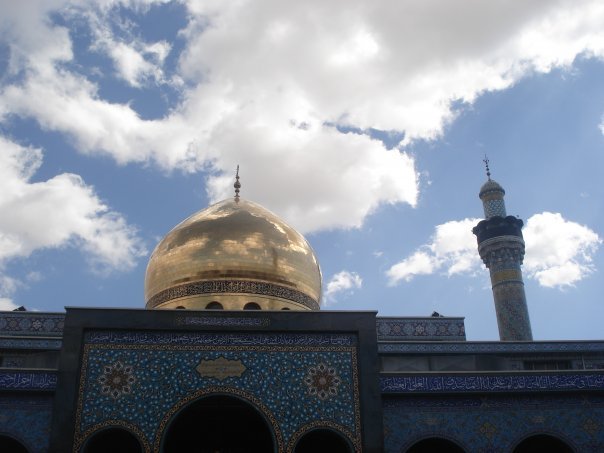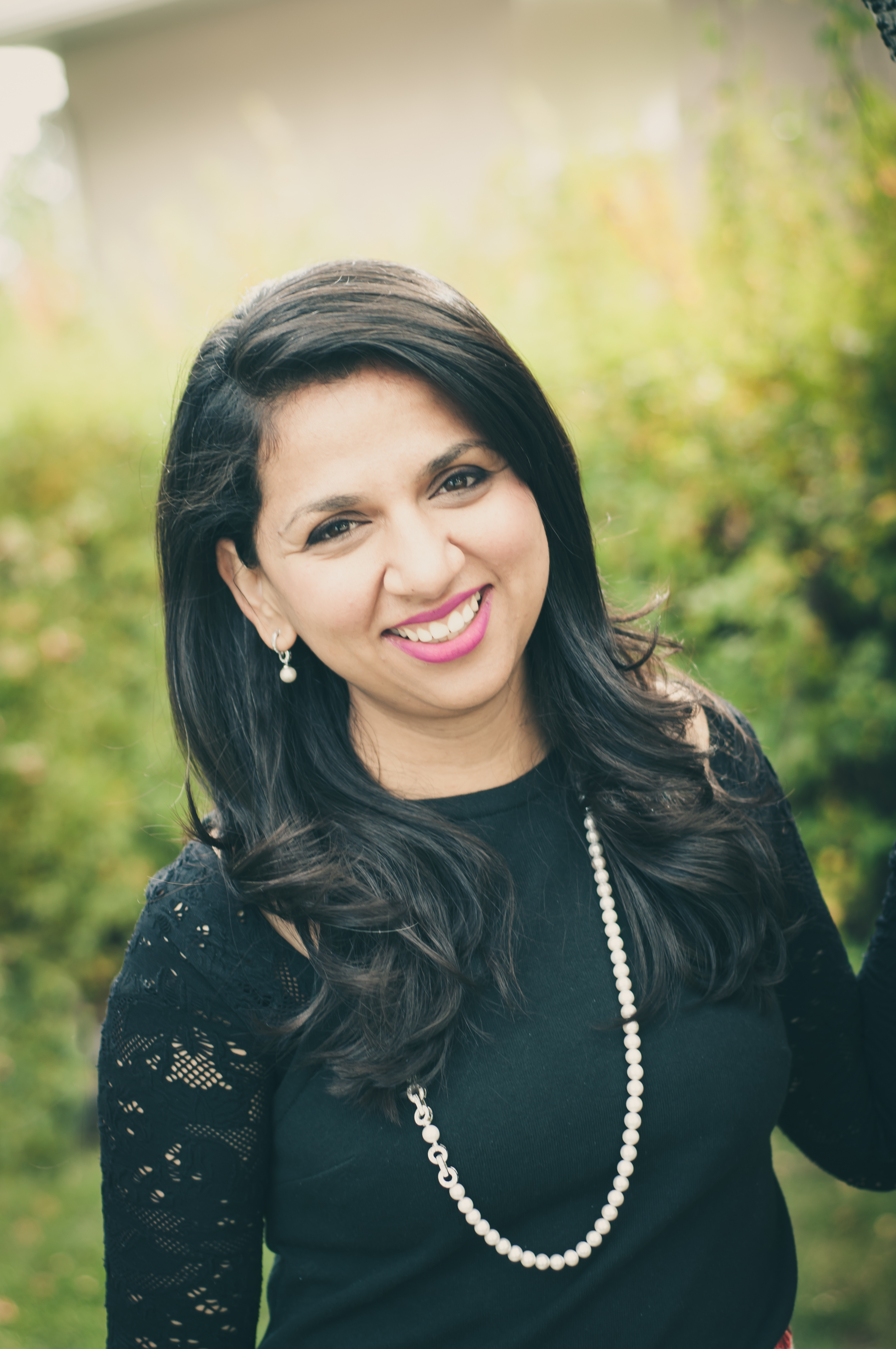
by Tamania Jaffri – Follow @urdumom
This post was originally posted on Urdu Mom and is republished with permission. All photos are courtesy of the blog’s founder, Tamania Jaffri.
Maybe you have been thinking about it for a long time or maybe you have recently felt curious, but the prospect of attending a Muharram Majlis is on your mind. Let me prepare you better by sharing what to expect at a Majlis whether it happens in the Islamic month of Muharram or later in the year.
The events of Karbala are tragic and significant for all Muslims irrespective of whether they are Shia or Sunnis. There are universal lessons to be learned of bravery, integrity, piety, and patience. The message of Karbala, to stand with the truth irrespective of the cost, is relevant more than ever in the world of today.
Muharrum is the first month of the Islamic Calendar and the tenth day of this month called Ashura, marks the martyrdom of Imam Hussain with His companions. Muslims around the world commemorate the occasion in many different ways. One of them is to hold a Majlis in Muharram and all around the year. This is a gathering in remembrance of the great tragedy of Karbala and the events afterwards.
The format of Majlis is reflective of the cultural traditions of the area e.g. Majlis in the subcontinent is very different from the rest of the world. While the format of Majlis is similar in the subcontinent, the content varies depending on the knowledge and belief of the orators. When you attend a Muharram Majlis do remember that you can not judge an entire community by the actions of a few and one or more orators do not speak for all Shia Muslims. Also watching a part of the Majlis on TV or YouTube is very different from attending one in real life.
Here are a few tips you can expect when you attend a Muharram Majlis.
*The following points are based on traditions from Pakistan and India and those originating from these countries and may differ across other cultures.
- Be mindful that you’re attending a religious event of a solemn nature. So keep your disposition reflective and serious. Go with an open mind to learn, experience and pray.
- Keep your dress modest showing religious respect. No shorts for boys and girls should keep their head covered.
- If you can, wear black. White, blue and green are okay too. No reds, oranges or pink. Girls should avoid dark makeup. Dress up as you would for an event marking a person’s death like a funeral. Along the same lines, skip any elaborate jewelry also.
- Sometimes the Majlis happens at a public place like Mosque or Islamic Centre and sometimes at a house. You do not need an invite to attend a Majlis and everyone is welcome.
- These gatherings are gender segregated. Most people sit on the floor after taking their shoes off at the entrance. If you cannot sit on the floor for any reason, there are usually chairs towards the back.
- There is a raised platform for the orators and the crowd faces them. You might see banners and posters on the walls around you carrying verses and slogans describing the events of Karbala.
- The Majlis starts with a recitation of Hadees e Kisa in Arabic, and then announcements of the upcoming Majalis, as the crowd keeps coming in and getting settled.
- This is followed by Soz Khawani, which is a recitation by a group of poetic verses on many topics, some pleasant and others tragic. As they recite verses in praise of Allah, his last Prophet P.B.U.H and His family the crowd smiles and nods encouragingly. As the topics turn to the tragic events of Karbala, handkerchiefs come out to cover eyes wet with tears.
- The Marsiya is a tragic poetic narration and always starts with a Surat Fatiha for all martyrs of Karbala.
- Next is time for Hadees which is a lecture given by a Zakir, an orator, or an Alim, who is a well-learned scholar. It starts with one verse of the Quran and its explanation, context, and applicability to our daily lives and challenges. At the end, one tragic event of Karbala is narrated and the mood again changes to that of mourning. I would like to stress here again that one orator does not speak for all Shia Muslims. If you hear something you do not agree with, you can listen to more educated scholars like Ammar Nakshawani to be aware of the views of educated Shia Muslims.
- The Majlis concludes with Noha and Matam. This is the face of Muharram that most people view on media. It is definitely one of the most emotionally charged ones. Chests are thumped in sorrow, as the crowd joins in the chants following the lead of the Nohakhawan (narrator). You can move towards the back if you do not wish to participate. There is no obligation or expectation.
- The Majlis concludes with the distribution of Tabaruk (food) for all attendees.
- An average Majlis from start to end is 1.5 to 2 hours long but you can join and leave at any point. Most people try to attend the whole Majlis.
I hope this answers some of your questions of what happens at a Majlis.
May we all benefit from the universal lessons of Karbala and may there be peace and tolerance around the world.
 Tamania blogs about her Pakistani-Canadian family at UrduMom.com sharing the journey of raising bilingual children, teaching them Urdu in fun ways and their multicultural life in Canada.
Tamania blogs about her Pakistani-Canadian family at UrduMom.com sharing the journey of raising bilingual children, teaching them Urdu in fun ways and their multicultural life in Canada.




